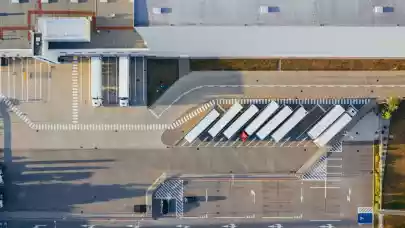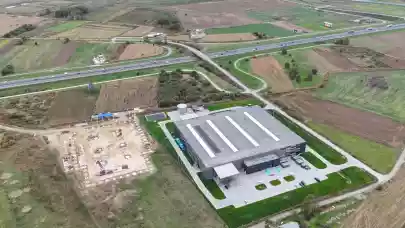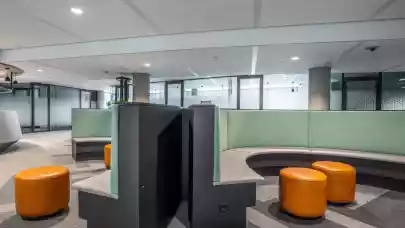
The sixth instalment of Prologis’ special report series suggests that any demand slowdown will be short-lived as logistics real estate is poised to benefit from the acceleration in the transition to e-commerce.
The pandemic has accelerated changes in the retail environment, bringing significant implications for logistics real estate. This latest U.S. research examines the intensity of use ratio between e-commerce and brick-and-mortar sales, assesses supply chain patterns of highly impacted retailers, and provides a mid-quarter update on U.S. logistics customer activity and utilization.
Dirk Sosef, Prologis’ European Vice President Research and Strategy commented “While the latest research focuses on the U.S. markets, now that societies are reopening across Europe, similar demand trends can be observed as in the U.S. E-fulfilment supply chains need to keep pace with the continued double-digit online sales growth happening across Europe. This growth was a trend preCovid-19 and the Pandemic has only accelerated this across the region, pulling forward several years of adoption. As in the U.S., we have seen an increase of defaulted retailers but the diverse demand across the region continues to support resiliency.”
Findings in these three areas add upside to logistics real estate momentum during the recovery phase of the pandemic.
- The pandemic accelerated the retail evolution: e-commerce penetration rates increased faster in the first four months of 2020 than at any time over the prior decade. Fuelled by the stay-at-home economy U.S. e-commerce penetration jumped to more than 25% in April 2020 from 15% at year-end 2019, 1 pulling forward several years of adoption. Prologis Research estimates penetration rising to nearly 20% for 2020 as a whole vs. a pre-pandemic forecast of 16.9%.
- Looking to the post-pandemic era, the push for resilient supply chains will likely lift the intensity of use for both e-commerce and brick-and-mortar customers, while persistently higher e-commerce space needs, support expectations for demand tailwinds.
- E-commerce requires more than 3x the logistics space of brick-and-mortar sales, according to 2019 data. The persistently high ratio supports the need for additional e-fulfilment space for e-commerce penetration to keep the gains made during the stay-at-home economy phase.
- Retailers that have recently announced bankruptcies2 represent a very small portion of logistics demand, and their distribution centres are located farther from population centres. These retailers together total only 20 bps of occupancy in the U.S. logistics real estate market.
- Retailers account for around 40% of logistics real estate demand. Within this category, brick-and-mortar based retail is about 60-70% of demand and 30-40% is driven by e-commerce. In addition to generating incremental demand within the retail segment, the shift to e-commerce is increasing activity for B2B segments of logistics demand, including parcel shipping players and paper/packaging providers.
- Overall activity is holding up as the Prologis IBITM Activity index jumped +16 pts off the April bottom. Following many other leading indicators of demand, the IBI Index reached 45 in the May 21-26 survey, up from a record low of 29 in April.
- While this still represents net contraction in activity within warehouses, consistent with a shallow recession (readings above 50 signify growth), the sharp improvement increases the likelihood that any slowdown in demand for logistics real estate will be short-lived. Reflecting continued demand for warehouse space broadly, lease proposals were up about 5.4% year-over-year in April and May within the Prologis portfolio, adjusted for size.
- Among major customer industries, those in transportation reported the highest level of activity, while services-driven respondents continued to have the lowest activity reading in May. With most operations functioning at some capacity, utilization high and activity improving, rent collection trends — at more than 95% of usual —remained higher in May for logistics properties relative to all other property types.
Conclusion
The window for customers to act on easing logistics real estate market conditions could be short. A recovering IBI Index points to the potential for a quick return to growth for logistics users, while e-commerce is likely to remain crucial to revenue generation even as societies re-open. While creative destruction on the retailing front may continue, under-exposure to logistics real estate — particularly in the most in-demand locations — on the part of retailers losing market share means that turnover will offer little relief. Instead, much of the retail industry may be transitioning to include more space-intensive e-fulfilment operations.



